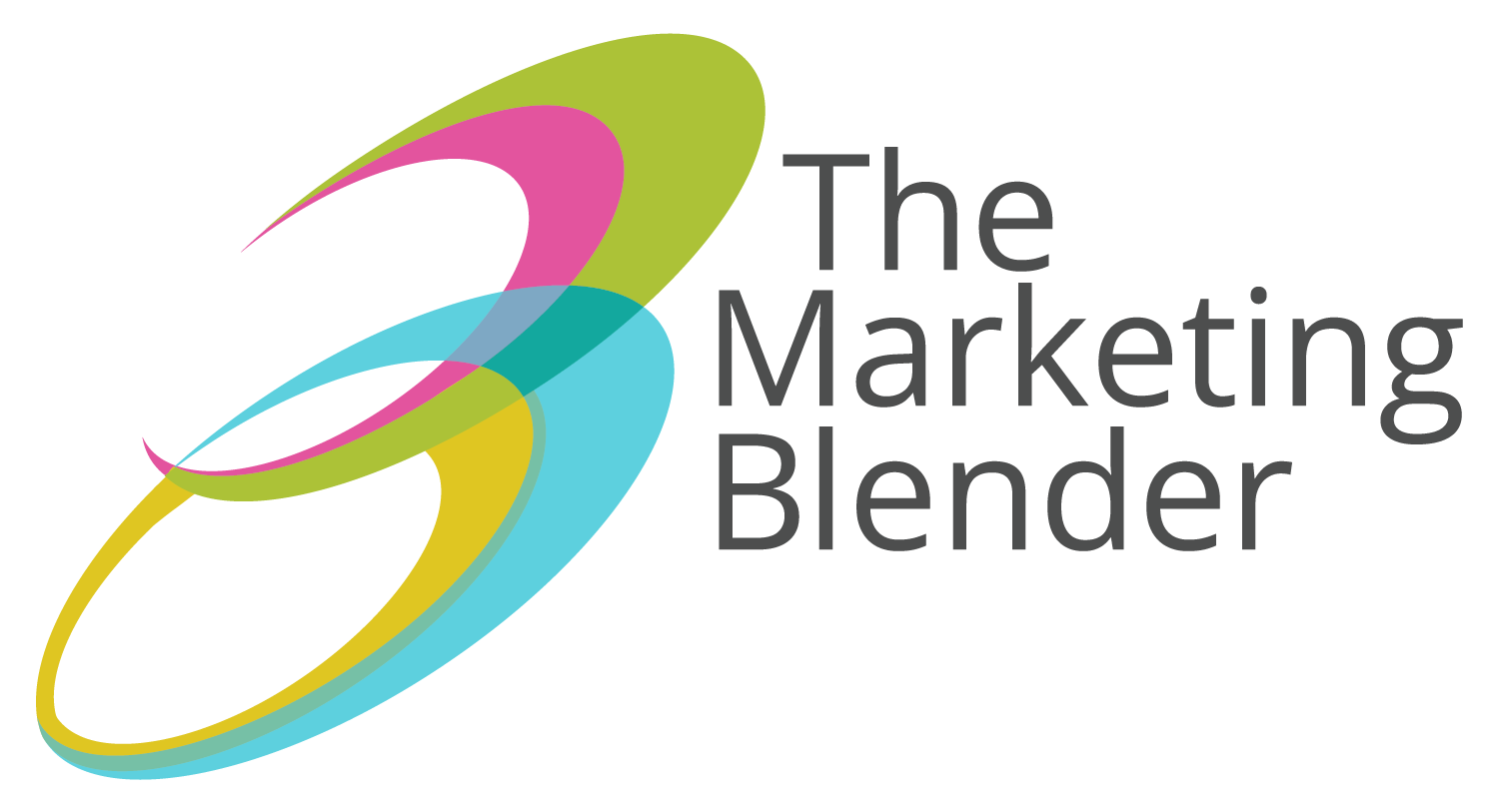Social media is an effective way to build relationships with customers. It allows businesses to interact directly with customers, showcase their products and services, and provide customer support. Here are some tips for how you can use social media to engage your customers.

Know Your Audience
The first step in any successful social media strategy is understanding who your audience is. Knowing who you’re targeting allows you to tailor your content specifically for them, increasing engagement and improving the overall customer experience. Use the data available from analytics tools like Google Analytics or Facebook Insights to gain insight into the demographics of your followers, including age, gender, location, interests, etc. This information helps you craft messages that resonate with your target audience and make sure they’re seeing content that speaks directly to them.
Keep Learning: What is SMM?
Utilize Different Platforms Appropriately
The first step in creating an effective social media engagement strategy is to choose which platforms are best suited to your needs. Each platform has different strengths and weaknesses, so it’s important to consider which ones are most appropriate for your goals. For example, if you’re looking to reach a younger demographic, Instagram or Snapchat might be better options than LinkedIn or Twitter. On the other hand, if you want to establish yourself as an industry thought leader, Twitter or LinkedIn might be the better choice.
Start a Conversation
The primary purpose of engaging on social media is to start a conversation with your customers. It’s important to listen to what they have to say, respond thoughtfully, and provide helpful advice where appropriate. Additionally, don’t be afraid to ask questions that will help you learn more about your audience – this is the perfect opportunity for you to get valuable feedback from them!
Keep Learning: The top social media best practices for businesses
Share Relevant Content
Content is key when it comes to engaging with customers on social media – it should be clear, concise, and relevant. Share videos, images, quotes, stories – anything that resonates with your target audience. Keep in mind – it’s important to share content that is “shareable.” Any content that your target audience would see, consume, and re-share is ideal.
Encourage Engagement
Encouraging engagement is one of the best ways for businesses on social media platforms to connect with their audiences. Create a contest or start a poll – people love participating in these types of activities because it gives them a chance to voice their opinions or win something from the company! You can also use hashtags – this will increase visibility by reaching people who aren’t already following you but may have an interest in what you have to offer.
Keep Learning: The top benefits of social media marketing
Speak With Other Brands & Influencers
Another great way to boost engagement is by engaging with other brands or influencers in your industry. Commenting on posts from other companies or reaching out to influencers can help give your brand more exposure while also showing potential customers that you’re actively involved in the community. This helps create positive associations between your brand and others in the industry – which can only be beneficial for customer engagement levels! This engagement will look different from one industry to the next – but it’s always possible for every industry. So don’t think this is out of bounds for you just because you’re in a B2B world or in a niche industry.
Social media is an essential tool for building relationships between businesses and consumers. Using these tips can help ensure that you are effectively engaging with your customers on social media platforms like Facebook, Twitter, Instagram, LinkedIn and more. With the right strategy in place, you can create meaningful conversations that will lead to increased customer loyalty and satisfaction!




